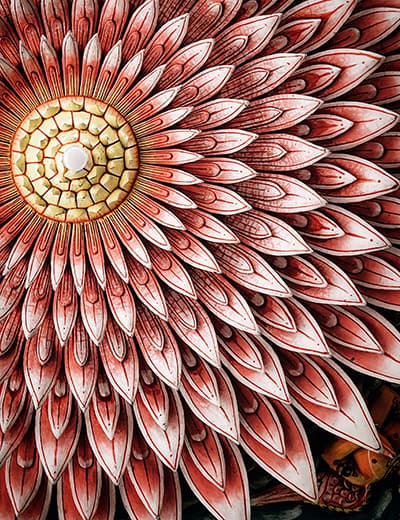Everything in the Universe, including the Universe itself will come to an end at some point. This impermanence is symbolized in a ceremonial farewell to one of the most important deities in the pantheon.
NARRATIVES
BIDDING FAREWELL TO THE ELEPHANT HEADED GOD
North India
India’s relationship with its festivals can be addictively joyous, even when it involves bidding farewell to the gods. Every year around late August or early September, India celebrates the mythical birth of the elephant-headed god, Ganesha as Ganesh Chaturthi. Among the huge pantheon of Hindu gods, he is the first to receive oblations as the remover of hurdles in one’s path. Prayers, rituals, food, revelry ensue as homes and communities welcome him on the earth in various shapes, sizes and forms. The ten-day celebrations culminate in a symbolic farewell by immersing his idols in the nearest body of water on the day of Ganesh Visarjan. Even this is done with great fervour and enthusiasm. This time, kamalan Pathfinders were in Agra over a weekend and happened to catch the locals rapturously taking out a procession to immerse large and small images of Ganesha. The symbolism, the ritual and the pomp obviously have a story behind it, like everything else in India. These stories, having been handed down orally have survived ages.
Legend has it that Mother Earth or Bhu Devi couldn’t bear the brilliance and the corpus of Ganesha’s weight and he alleviated her plight saying he would depart following the festivities on the tenth day. As incredible as the legend may be, there is a deeper meaning to the entire process. The ancient Hindu tenet of transience and impermanence plays into the entire ritual of Ganesh Visarjan.
The philosophy that even an invocation of God into a manifested form is transient and must depart once the purpose is served. Everything in the Universe, including the Universe itself, will come to an end at some point. This impermanence is symbolized in a ceremonial farewell to one of the most important deities in the pantheon.
As we drove through the crammed streets of Agra, we ran into processions with enthusiastic dancers and exuberant sloganeers, drenched in a pall of colours revelling in the name of Ganesha. The size of the entourage depended on the size of the image of Ganesha, the larger the idol, the larger its procession. Ganesh Chaturthi and Visarjan are most popularly celebrated in Maharashtra, Gujarat, and the southern states where the festivities are publicly held on enormous scales. The phenomenon of public Ganesh rituals is a fairly recent one in northern India and the celebrations are milder. So, it was a pleasant surprise to run into such a Ganesh Visarjan procession in Agra, one of the less likely places to find one.
Regardless of region, language and cultural changes festivals are just another occasion for India to celebrate. Indians never baulk from showing their spirit of merrymaking even amidst a solemn religious occasion and Ganesh Visarjan happens to be one such event. Our objective behind going to Agra was to explore the lesser known, largely unseen areas and aspects of the city. We couldn’t have imagined a better start than a celebratory gesture such as this. Also, who better to welcome us than the remover of obstacles on our path, Ganesha.
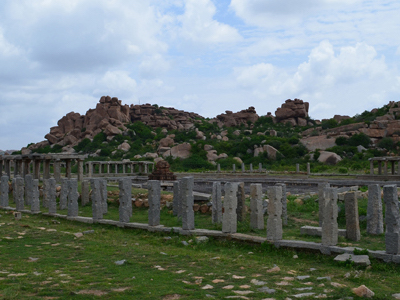
Ruins of Hampi
Journeying alone in southern India, trying to fathom its vibrant yet simplistic rusticity, I was travelling through the wide open spaces of my own mind...
Narrative • South India
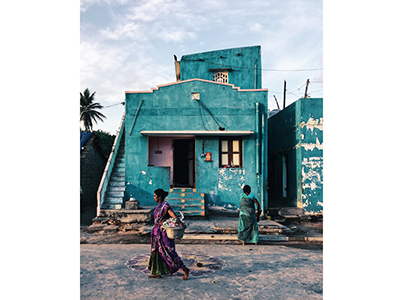
The Charm of Evanescence
Earlier this year, during the summer month of April, Elke Frotscher travelled with us and a crew of photographers to Tamil Nadu...
Narrative • South India

The Beckoning of the Untamed
This journey travels through the national parks and sanctuaries of North and West India, exploring indigenous wildlife species and migratory avifaunal species...
Bespoke Journey • West India
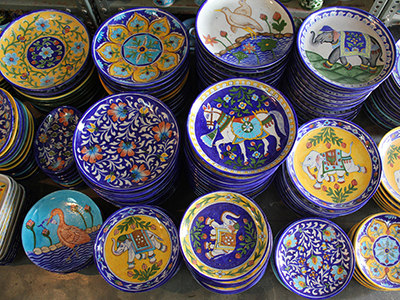
Where Art is Made
This journey explores the many handicraft traditions ranging from pottery to textiles in the states of Rajasthan and Uttar Pradesh...
Bespoke Journey • North India
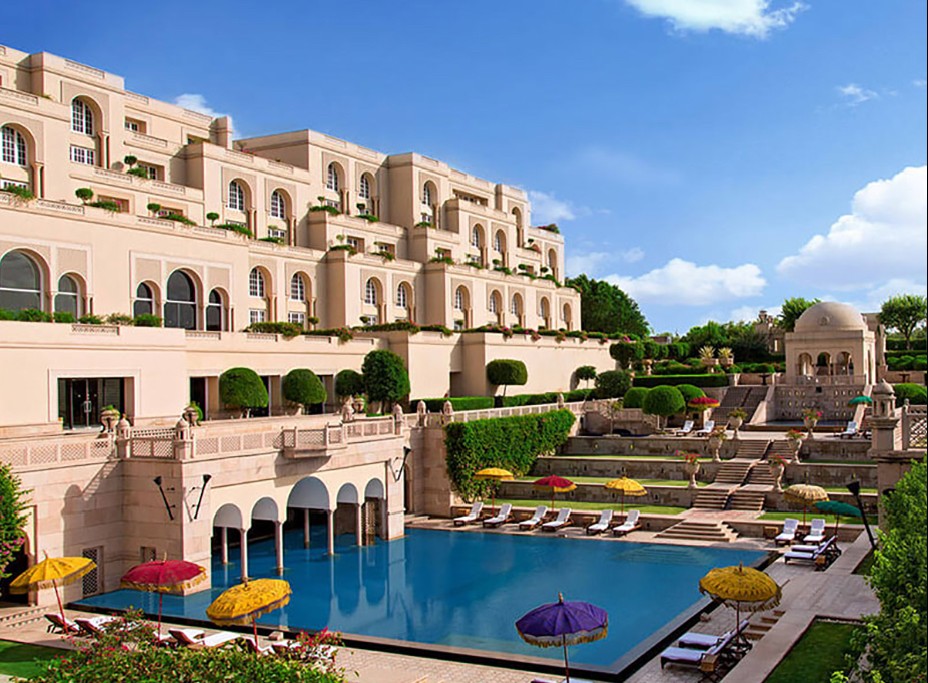
The Oberoi Amarvilas
Amidst the lush greenery on the banks of a river, is a palace surrounded by Mughal gardens...
Hotel Guide • North India
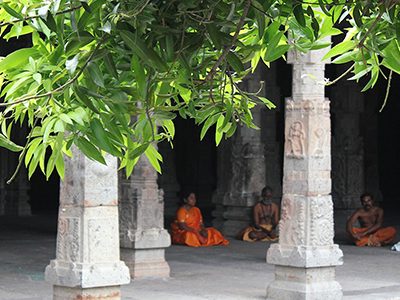
The Temple, Outside and Inside
No one can travel through Tamil Nadu without acknowledging the Hindu temples. Their characteristic architecture and the life...


